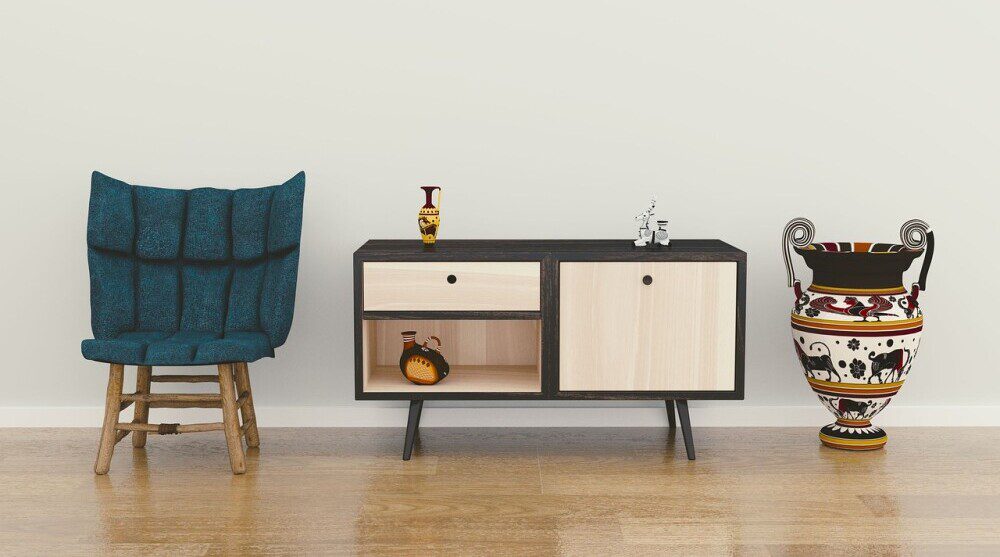Do Carpets Make Rooms Warmer? Practical Insights of Floor Insulation
As the cold months approach, many homeowners seek ways to stay warm without escalating energy bills. One simple yet effective solution might lie beneath your feet—carpets. When it comes to floor insulation, thick carpets aren’t just decorative; they play a crucial role in keeping rooms comfortably warm. When the chill of winter knocks at your door, thick carpets can be your best friend. But just how effective are they for keeping your home warm? Do carpets make rooms warmer? This guide will uncover how carpets can improve temperature levels and what factors ensure their effectiveness, making your home both stylish and snug.

The Insulating Properties of Carpets
First off, let’s get this straight: floor insulation is all about keeping the warm air inside and the cold air out. Think of insulation like a warm blanket for your floors. Just as a blanket traps heat around you, thick carpets hold warmth in your living space.
Carpets are more than just a decorative feature. They act as an insulator, helping to maintain a cosy atmosphere in your home. How do they do this? The secret lies in the materials and structure of the carpet itself.
Material Composition
Carpet fibres have a substantial impact on insulation. Wool is renowned for its natural insulating properties. It acts like a tiny thermal blanket, trapping air and providing a barrier against the cold. Nylon, while not as insulating as wool, offers durability alongside a modest degree of warmth. Polyester, often seen as a budget option, provides decent insulation and is revered for its softness and affordability. Each material offers a unique blend of warmth and practicality, catering to diverse needs and budgets.
Thickness and Density
Thickness and density play a pivotal role in how well a carpet insulates. A thicker carpet means more material to trap warm air, reducing the escape of heat. Density, on the other hand, refers to how closely packed the fibres are. A dense carpet often retains warmth better, enhancing the overall comfort of your home. Think of a carpet like a sponge; the thicker and denser it is, the better it is at holding onto warmth.
Comparative Analysis: Carpets vs Hard Floors
Choosing between carpet and hard flooring can significantly affect room temperature. This comparison explains why carpets might be the better choice for a warmer home.

Heat Retention
Carpets outperform tiles or hardwood when it comes to heat retention. The fibres in a carpet trap air, which acts as a buffer, keeping the warmth where it belongs—inside. Hard floors, made of stone or wood, lack this air-trapping ability, often feeling chilly to the touch, particularly in winter. Ever walked barefoot on a hardwood floor and felt a shiver? Carpets eliminate this uncomfortable sensation, providing a warm surface all year round.
Comfort and Warmth
There’s a noticeable difference in comfort between carpets and hard floors. Carpets provide a soft, cushioned feel, ideal for sitting, lying down, or entertaining small children. They create an inviting atmosphere that hard surfaces simply can’t match. Carpets not only feel warmer but are perceived as cosier, adding an emotional layer of warmth through texture and tone.

Impact on Energy Efficiency
Carpets aren’t just about comfort; they also influence how efficiently your home uses energy, especially when heating.
Reduced Heating Costs
Winter can wreak havoc on energy bills, but carpets can be a cost-saving ally. By reducing heat loss through the floor, they help maintain a consistent temperature, meaning your heating system works less to keep rooms warm. Over time, this can add up to significant savings on your energy bills, making carpets an economical choice beyond their aesthetic appeal.
Sustainability and Eco-friendliness
The choice of carpet can also reflect your commitment to sustainability. Many manufacturers now offer eco-friendly options made from recyclable materials or sustainably sourced fibres. By choosing such carpets, you not only enhance your home’s insulation but also contribute to reducing environmental impact. It’s a win-win for your home and the earth.

Tips for Maximising Carpet Insulation
To get the most out of your carpet’s insulating capabilities, consider these practical tips:
Choosing the Right Carpet
When shopping for a new carpet, consider its material, thickness, and density. Opt for wool if insulation is a top priority, or look for carpets with higher density ratings. Don’t shy away from asking retailers about the insulating properties of their products, ensuring you make an informed choice that meets your needs. For more information, you can read this blog post about ‘How To Choose Carpet For Insulation – Pile Height, Thickness And R-value‘ and another blog post on ‘What Is The R-value Of Carpet With Different Types Of Fibres?‘
Maintenance for Longevity
Proper maintenance is crucial for keeping your carpet in top condition. Regular vacuuming prevents debris buildup, while professional cleaning restores the fibres, retaining their insulating qualities. Addressing spills quickly and avoiding harsh chemicals will also prolong the life and efficiency of your carpet.
The Benefits of Thick Carpets
1. Enhanced Warmth
Thick carpets are great at trapping heat. The fibres in the carpet act like insulation, slowing down heat loss. When you walk barefoot on a thick carpet, you immediately feel the comfort. It warms your feet and keeps the whole room feeling cozier.
2. Noise Reduction
Ever noticed how carpeted rooms feel quieter? That’s because thick carpets absorb sound! If you live in a busy area or have kids running around, a thick carpet can help reduce noise. It’s like adding extra padding to your home, making it a peaceful haven away from the hustle and bustle outside.
3. Comfort Underfoot
There’s nothing quite like the feeling of plush carpet beneath your feet. Thick carpets provide a soft surface that makes walking, playing, or lounging more comfortable. It’s like walking on a cloud! This comfort adds to your space’s overall warmth and coziness.

Choosing the Right Thick Carpet
When you’re shopping for your new carpet, it’s not just about thickness. Look for carpets made from wool or synthetic fibres. Wool is natural and super warm, while synthetics can be more affordable and still effective. The carpet’s density and pile height also play a role. The denser and taller the carpet, the better it is at insulating your floors.
Installation Matters
Even the thickest carpet needs the right base to work effectively. A good underlay can make a world of difference. Think of it as a solid foundation for a house; it supports and enhances the structure above. A high-quality underlay boosts insulation, giving you that extra layer of warmth.
Other Insulation Options
While thick carpets are fantastic, they’re not the only players in the insulation game. Other options like floorboards, rugs, and tiles can also contribute to overall warmth. However, none offer the same level of comfort as a thick carpet. Imagine sitting on a cold tile floor versus sinking into a soft, warm carpet; there’s simply no contest.
Final thoughts
Carpets do more than add a splash of colour to your home—they are unsung heroes in keeping it warm and cosy. By understanding the insulating properties of different materials, the benefits they offer over hard floors, and their impact on energy efficiency, you can make informed decisions that will enhance your home’s comfort. Are Thick Carpets Worth It? In short, thick carpets are an effective, stylish way to insulate your floors. They keep your home warm, reduce noise, and offer comfort that makes any space feel homely. If you’re looking for a simple yet effective solution to beat the chill, investing in a thick carpet might just be the warm hug your floors need. Choose wisely, and maintain correctly, and your carpet can be a key component in making your living space a warmer, more inviting place.
Ready to save on your energy bills? Explore our blog for more energy-saving tips. Do you have any favorite energy-saving hacks? Share them in the comments below!


















